-

Erin Donahue -

Christina Barkanic -

Brittany Trott -

Emily Wiley -

Jessica Reilley -

Chris Raines -

Will Nichols -

Emily Reddy -

Michele Marchetti -

Michele Frank -

James Gherardi -

Kit Henshaw -

Christina and Erin -

Kim Tait -

Erin McKinney -

Steve Spanelli -

Sam Komlenic -

Katherine Taylor Grofic -

James Eisenstein -

Jamie Oberdick -

Anna Lombardo -

LacCreta Holland -

Tony Ricci -

Local Food Journey -

Laura Young -

Kristin Camplese -

Harrison's Fresh + Local -

Danielle Matalonis -

Kristine A. -

Linda Weaver -

Naomi Elle Schwartz -

Dana Stuchul -

Cara McShane -

Brittany Smith -

Jessica Illuzzi - Frosty
-

Jessica Paholsky -

James Sechrengost -

Brad Yeckley -

Maya Althouse -

Jordan Reabold -

Kim Chase -

Maria Bryant - Alexandrea Scott
Unpaid Field Hand: Intimations of Spring
Posted by James Eisenstein on 02/21, 2017 at 07:59 AM
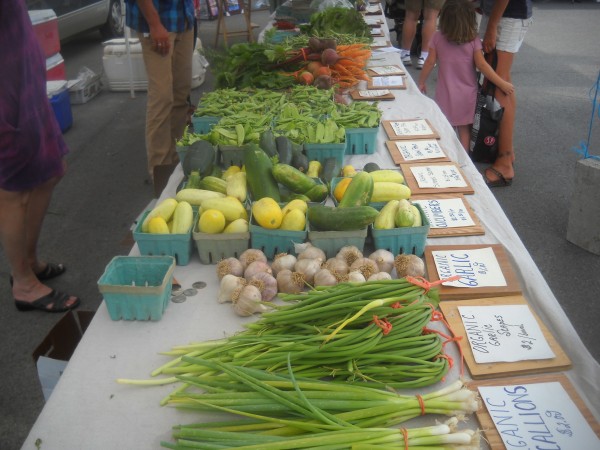
Before Jade Family Farm can offer you a bounty like this at the farmers market, there's plenty of winter work to be done.
Editor’s Note: James wrote this Unpaid Field Hand piece before our sudden spring preview this week, but as we all know, winter likely isn’t dead just yet.
While you might be shivering quietly cursing Punxsutawney Phil and lusting for spring, the local farmers we rely on for locally grown food are already getting to work. Decisions about what to grow in 2017 are nearly complete, seed ordering is largely done, additional fruit trees and berry plants ordered, and CSA brochures for the coming season printed. The list of uncompleted tasks on the winter “to do†list is barely shorter than in December. The problem is that most of the items are “too far down on the to-do list.â€
So the time has come to start getting to work. Onions are “day sensitive,†which means that in order to bulb up, they have to be already growing as the days begin to lengthen. At Jade Family Farm, John and daughter Evelyn began seeding onions in January with lettuce to begin soon.
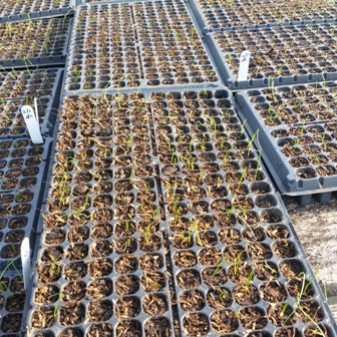
Onion seedlings
The other big task that “needs doneâ€, as we say in Central Pennsylvania, is winter pruning of fruit trees and berries. Most fruit trees require pruning while the trees are still dormant. If we get many more warm spells, it will be past the optimum time to prune. So one of my favorite mottos, “Never do today what you can put off til tomorrow, because tomorrow you might not have to do it†definitely does not apply here.
What is the proper way to prune, say apple trees? I buy many of the fruit trees for our farm at a wonderful nursery in Lancaster County, White Oak Nursery. I showed the very knowledgeable Amish nurseryman (Amos Fisher) who owns it a picture of an apple tree that I did not know how to prune. He told me that at a meeting of about 12 other Amish fruit growers, they went out to one of his trees to discuss the proper way to prune it. The result: 12 different opinions.
I take this to mean that the trees are pretty forgiving once you do what everyone recommends: remove dead or damaged limbs, remove the “water shoots†that grow straight up, remove branches that cross, and “prune for sunlight†by opening up the middle of the tree.
For those of you who just can’t wait to see a demonstration and who have really good eyesight, here is a “before/after†picture of an apple tree that got out of hand and needed an especially vigorous pruning.
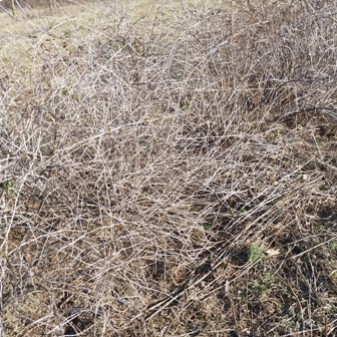
Before pruning gooseberries
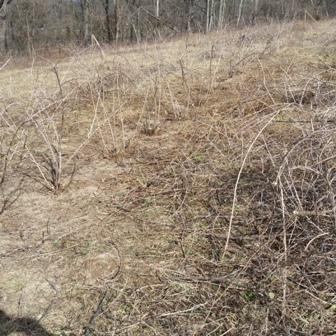
After pruning gooseberries
Currants and our wonderful gooseberries also need pruned. Gooseberries, thanks to very effective and sharp thorns, are a challenge. I transplanted a row of “daughter†shoots but didn’t manage to prune them for two years…too far down on my to-do list. John assured me that it wouldn’t be all that hard, so we took a stab at it. To fully appreciate what it was like, I suggest you take a pin and stick it into a finger or two.
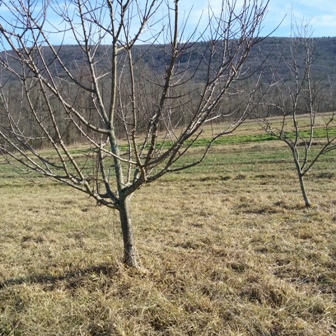
Tree before pruning
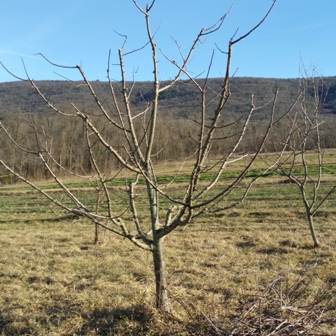
Tree after pruning
Ahh, its spring, when eternally optimistic farmers dream of success (before reality strikes). For our part, we are dreaming of another good harvest of absolutely (and way under-appreciated) delicious gooseberries.
![]() Author: James Eisenstein
Author: James Eisenstein
Bio: Unpaid Field Hand at Jade Family Farm | Former Penn State Professor
- Our Local Food Journey comes to an end
- Winter isn’t a quiet time at the farm
- Get the taste of garden season right now by growing herbs indoors
- All you need to know about PASA’s Farming for the Future conference






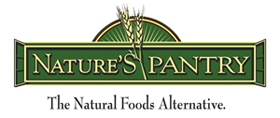
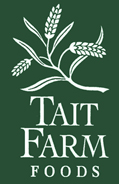

NO COMMENTS